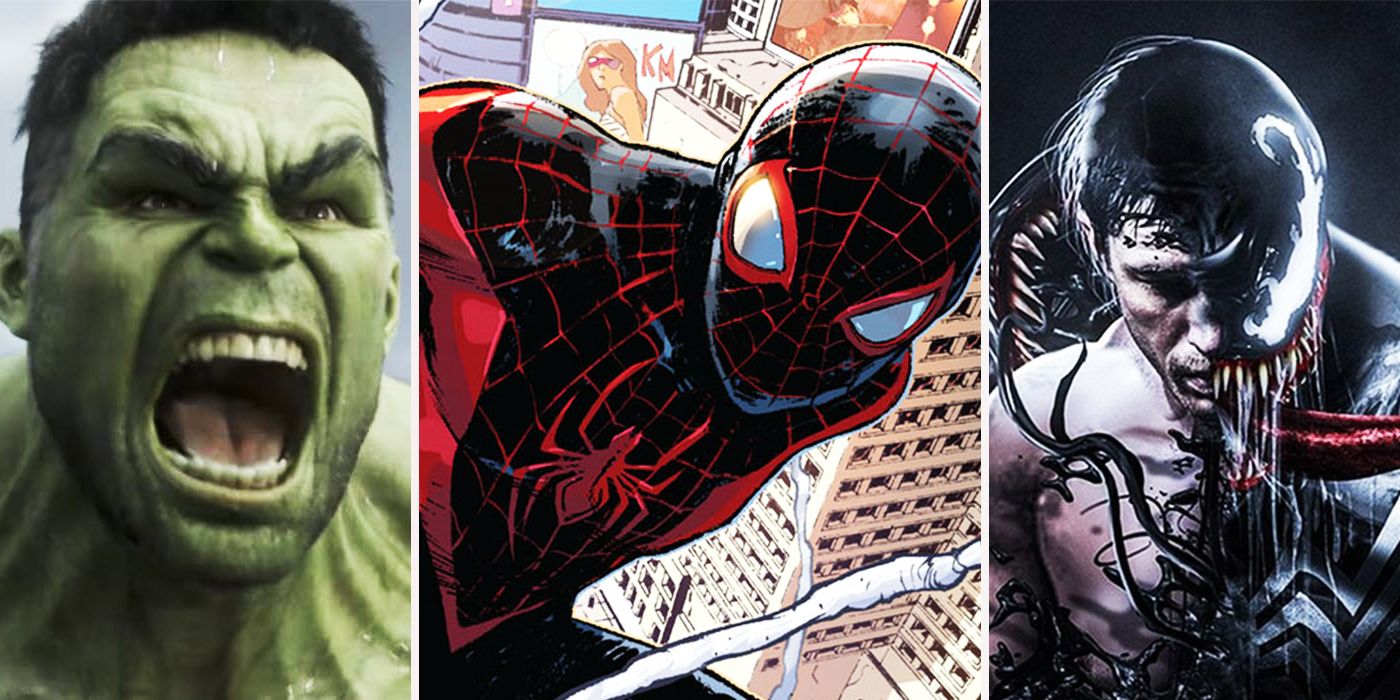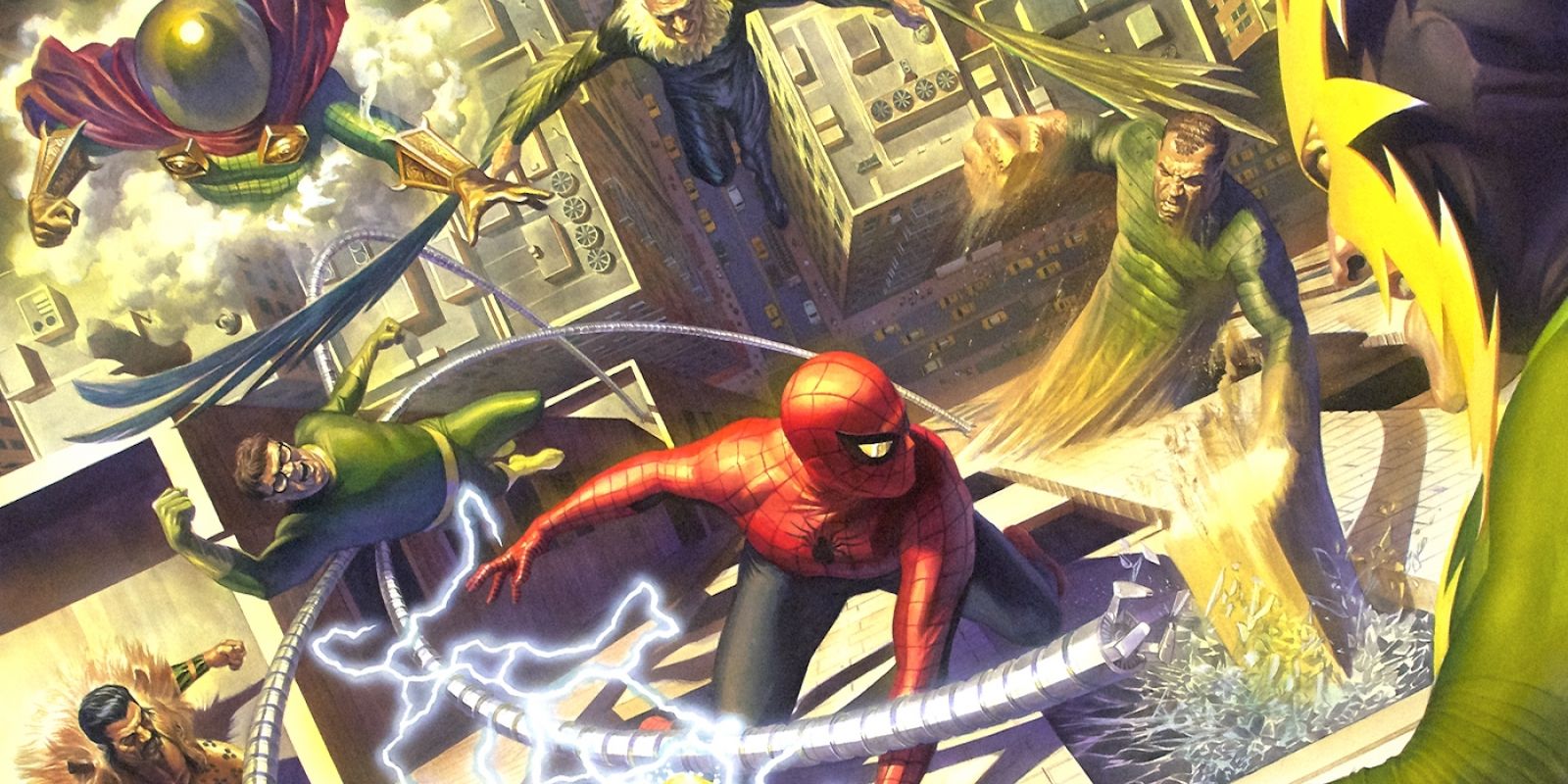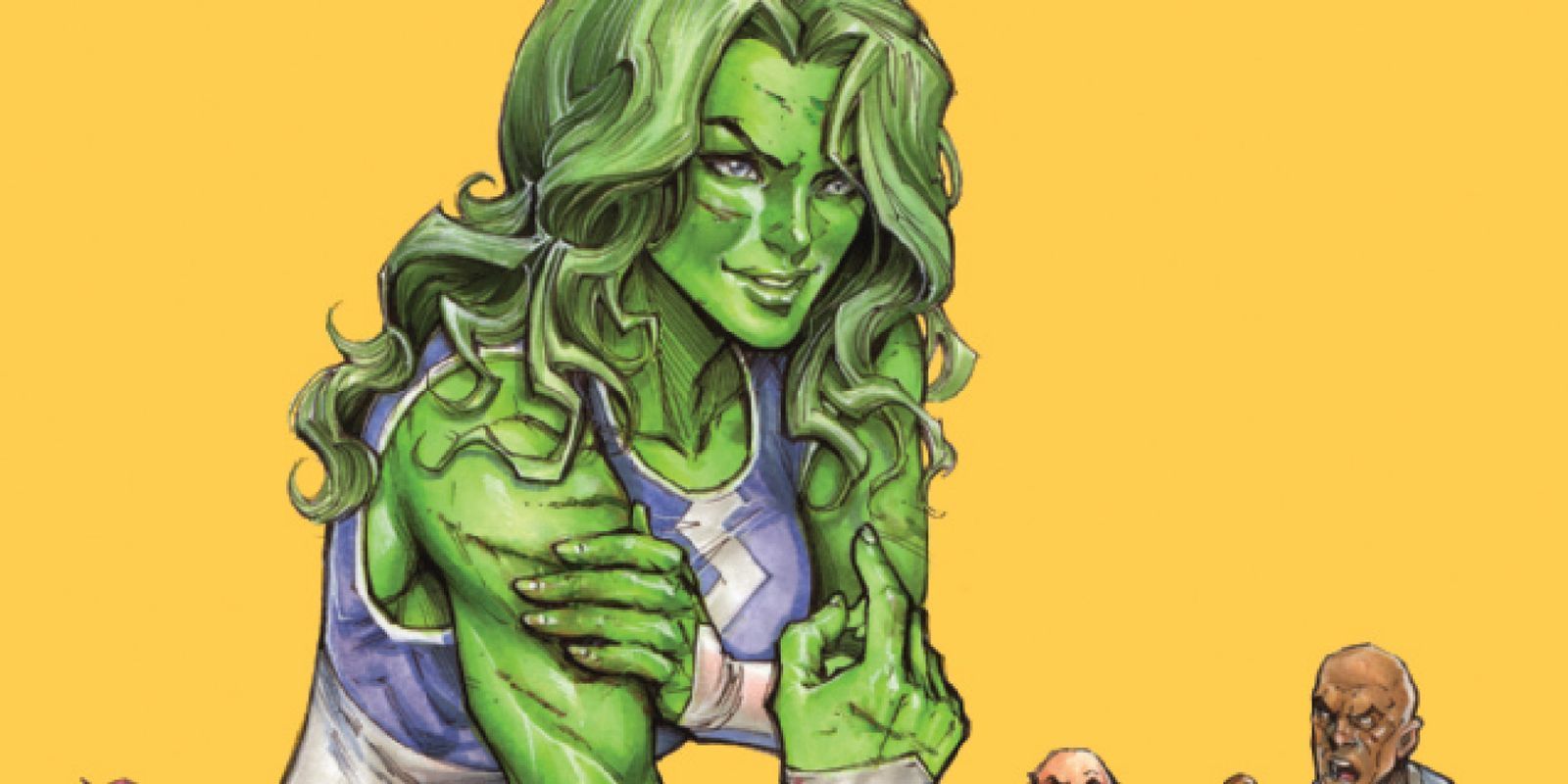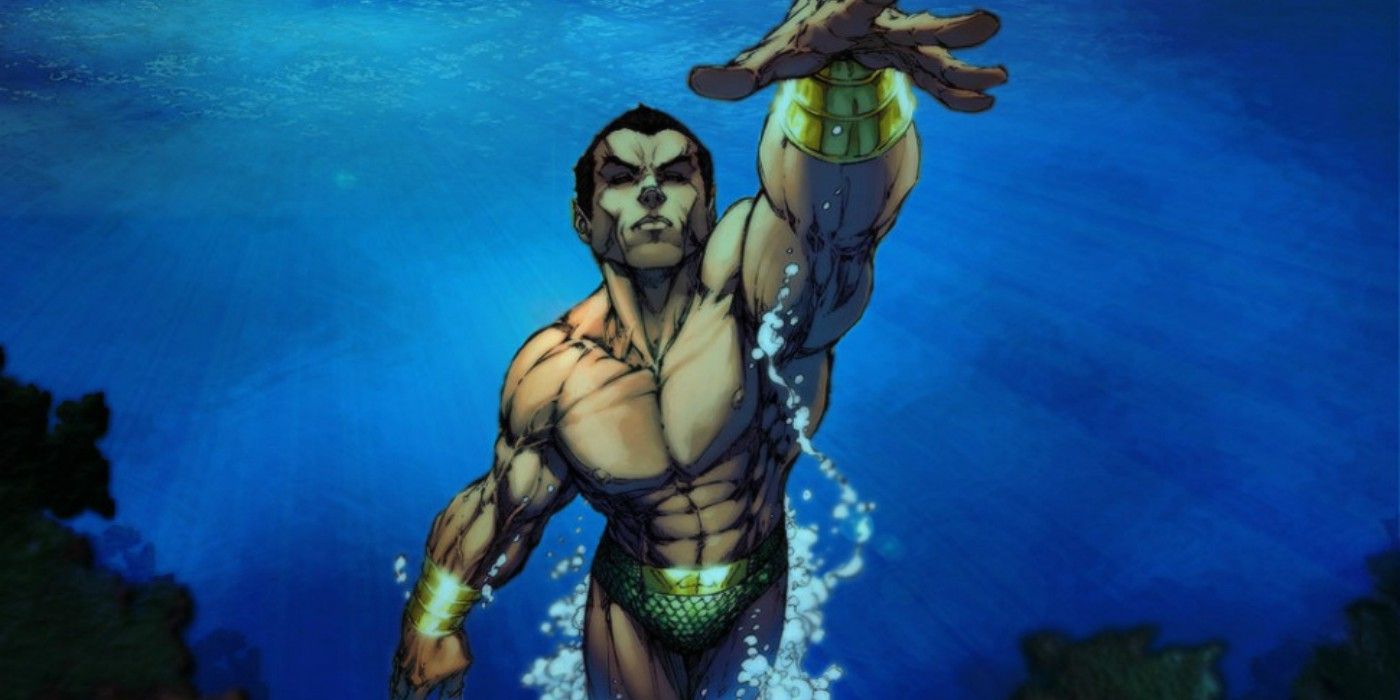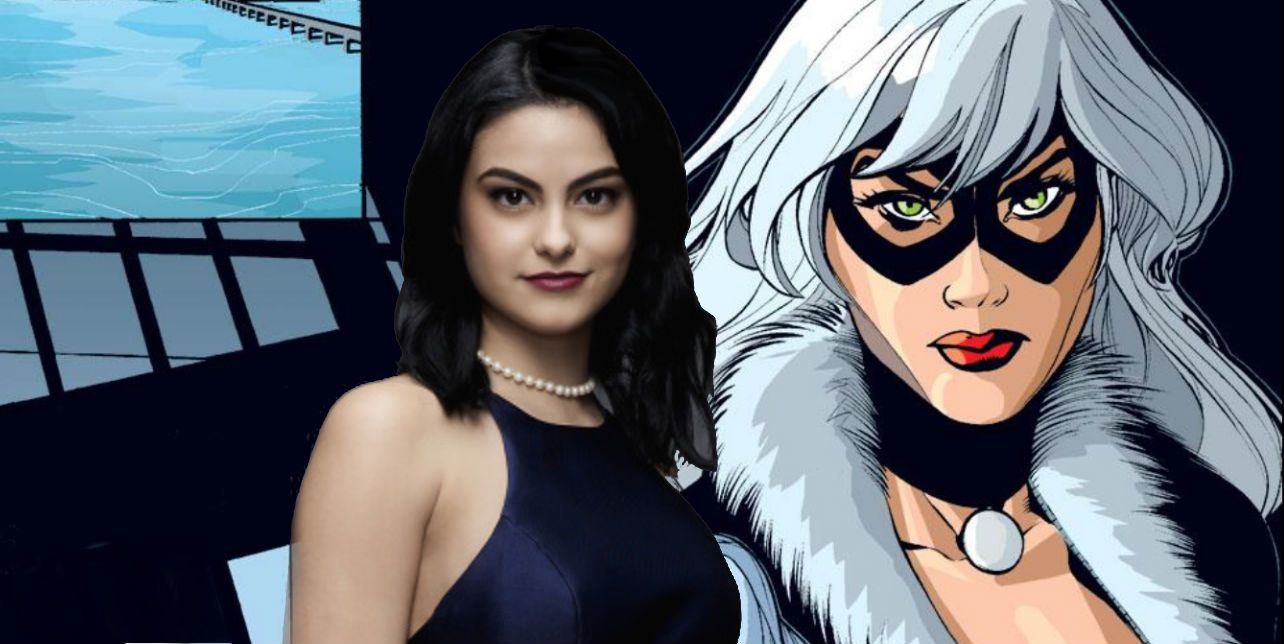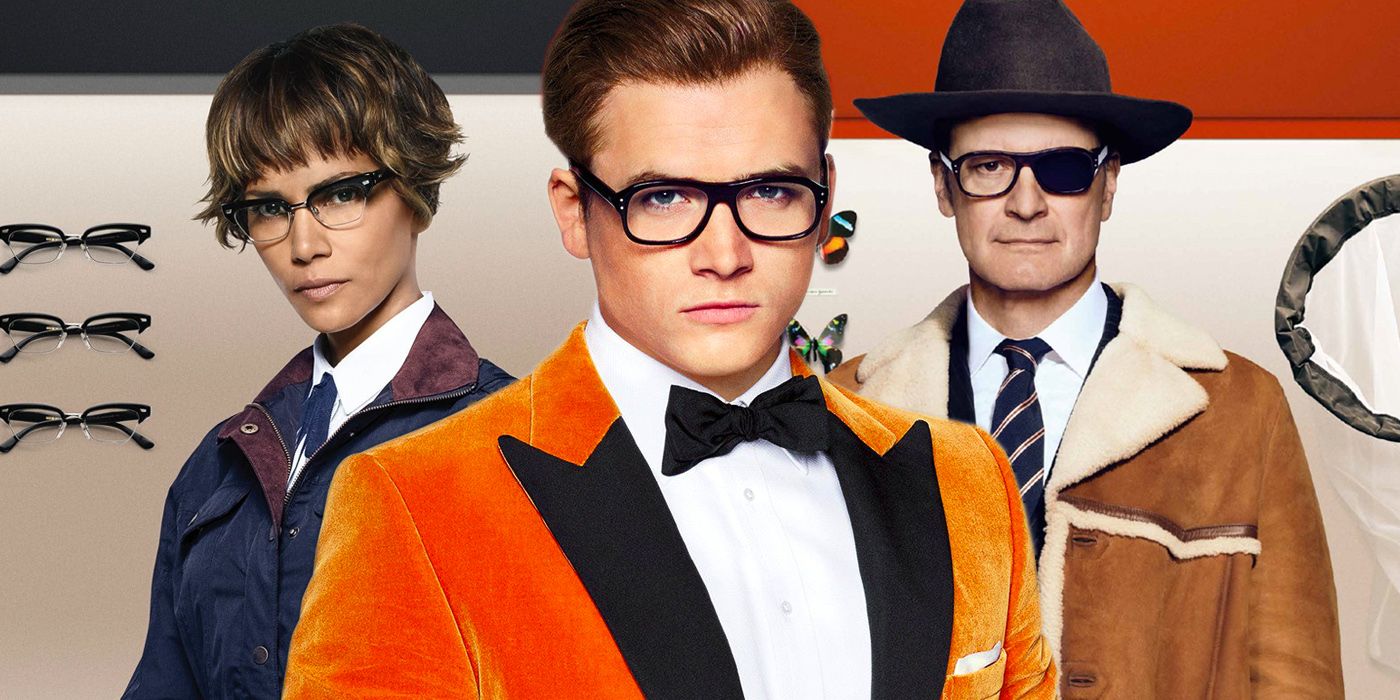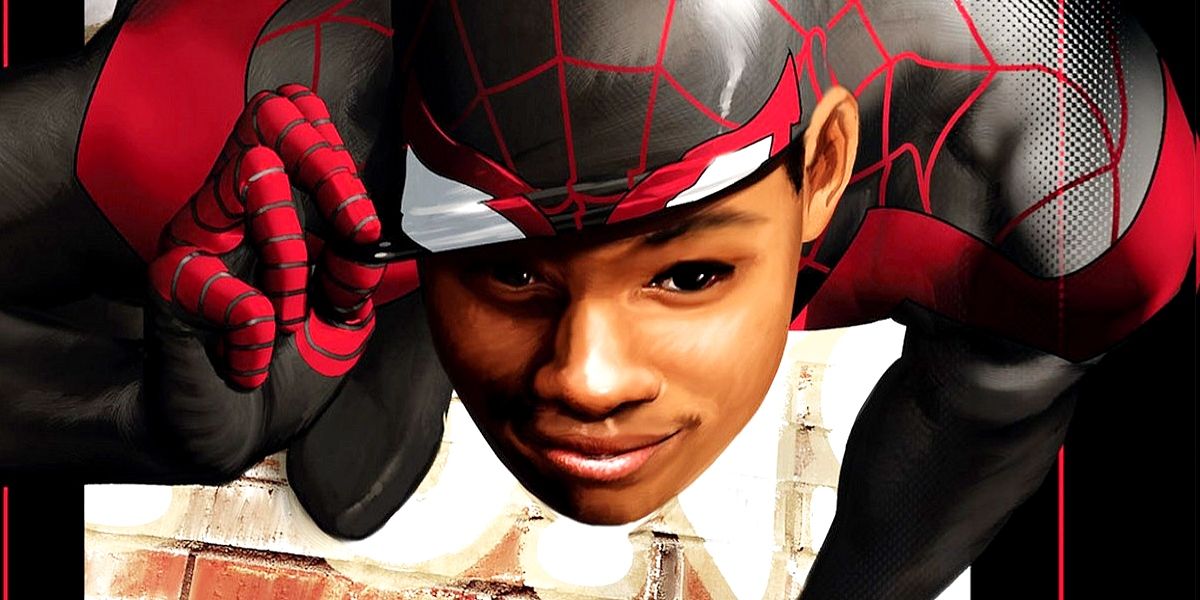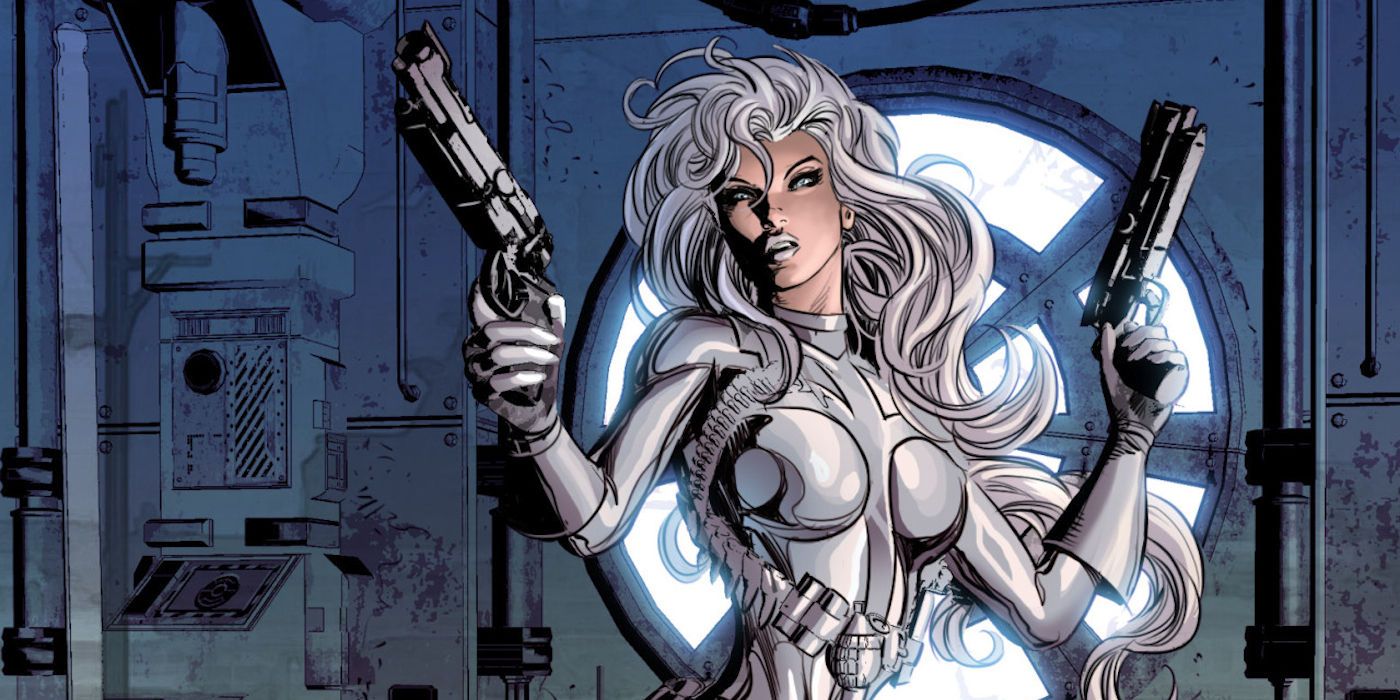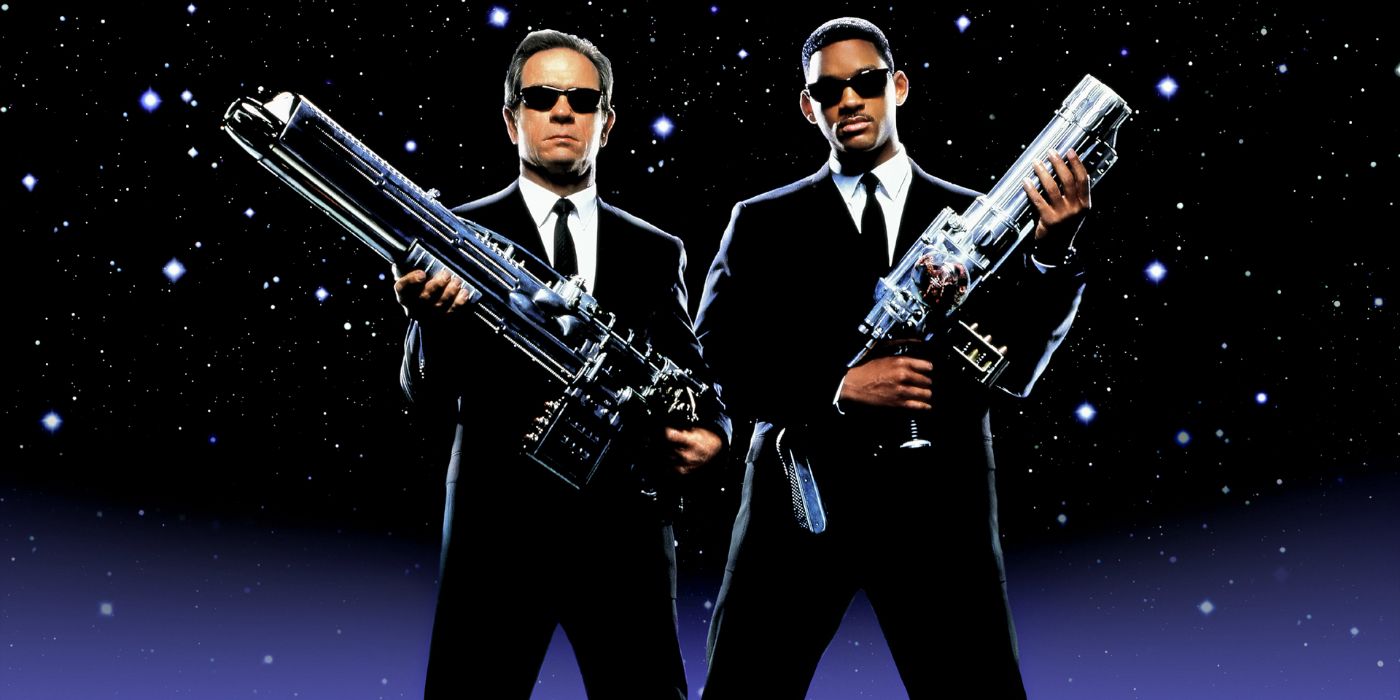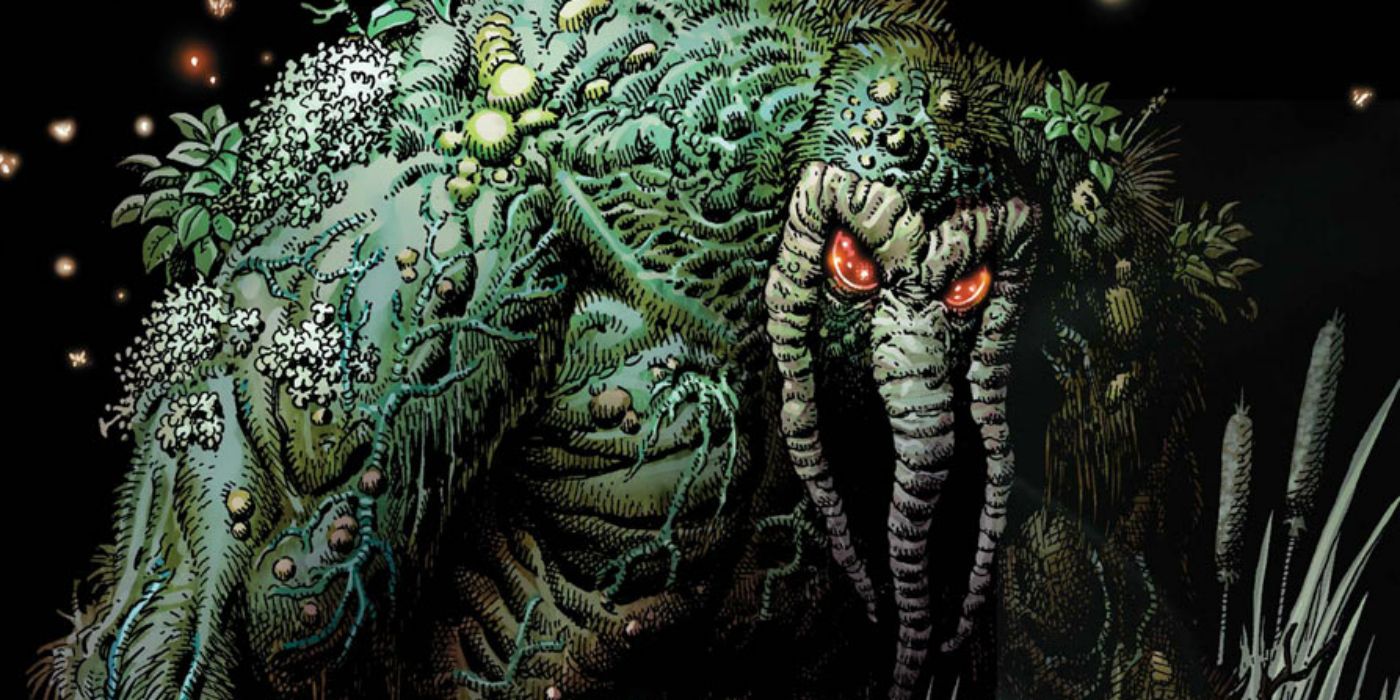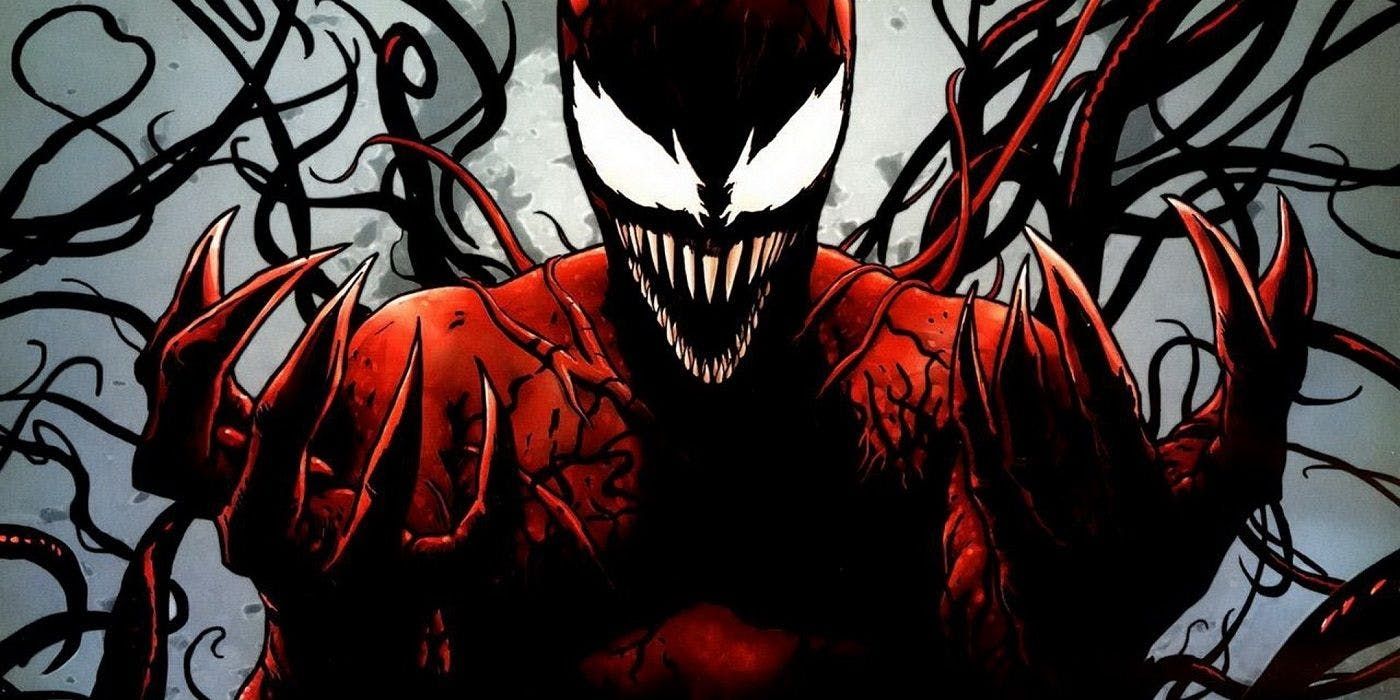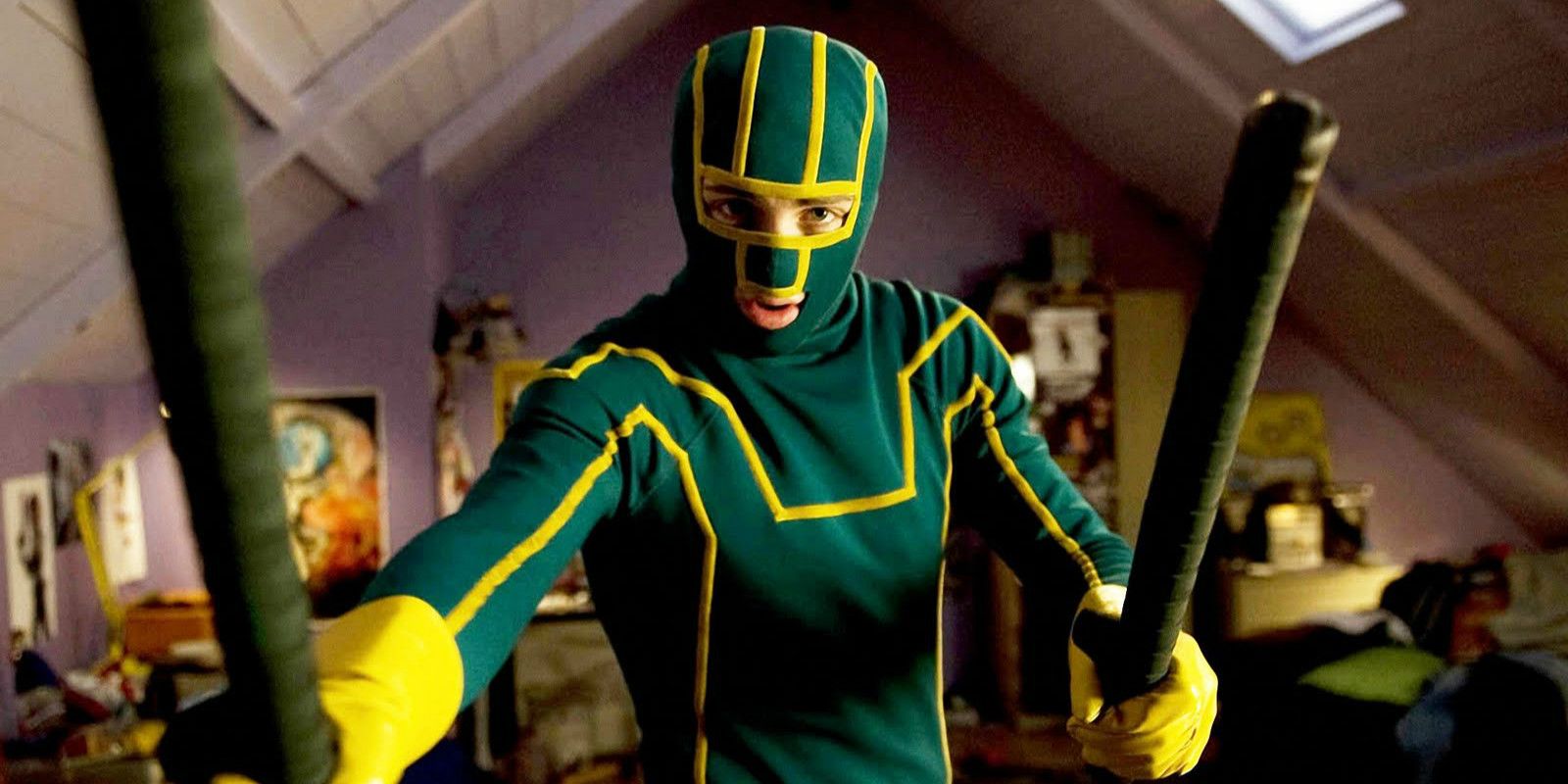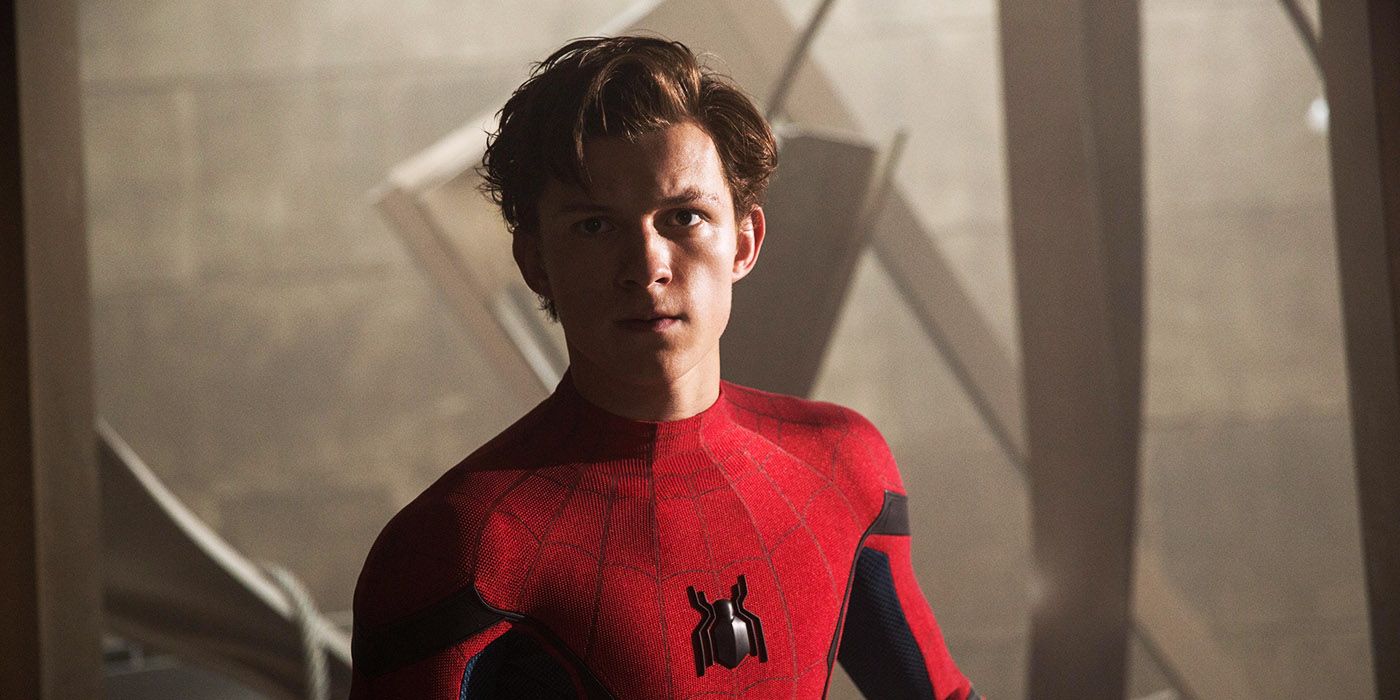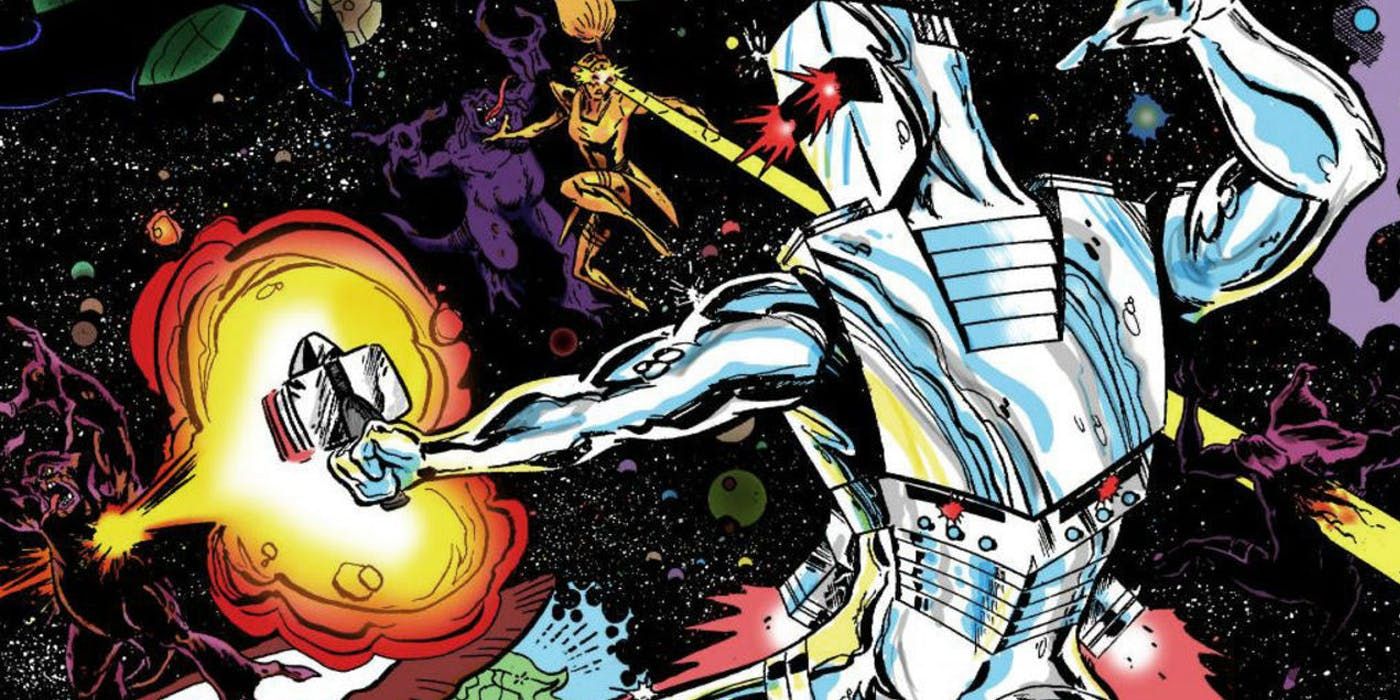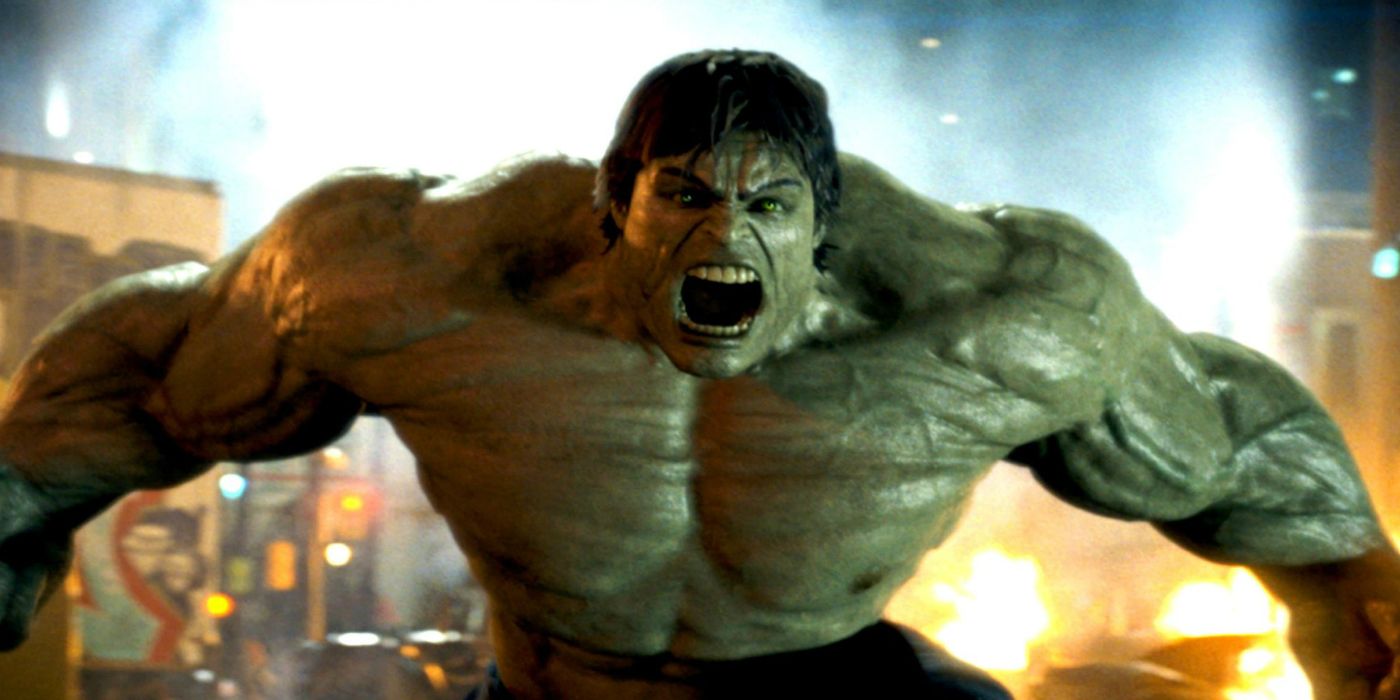Trying to make sense of the licensing and distribution rights surrounding Marvel Comics’ stable of characters can quickly become confusing. This is because – prior to the establishment of Marvel Studios – the publisher sold off the film rights to its most popular characters.
Once Marvel was in a position to produce and release movies on its own, reacquiring these rights became a problem – with rights-holders unwilling to relinquish what were now highly lucrative properties.
Fortunately for Marvel Cinematic Universe fans, many of these character rights have since reverted to the studio, allowing for additional heroes and villains to be integrated into its ever-expanding franchise.
Even icons like Spider-Man and the X-Men are now back in the fold, thanks to a licensing deal between Marvel and Sony, and Disney’s upcoming acquisition of Fox, respectively.
Nevertheless, Marvel still doesn’t have exclusive rights to feature all the characters it publishes in the MCU. Looking wider afield, there are also other comic book properties it does or did publish that it doesn’t have permission to adapt for the big screen – foregoing millions at the box office as a result!
For clarity’s sake, here are 15 Superheroes And Villains Marvel Still Can’t Use In The MCU.
The Sinister Six
Among the sequel projects canceled in the wake of the lukewarm critical and commercial performance of The Amazing Spider-Man 2 was spin-off Sinister Six. Revolving around a roster of Spidey’s biggest foes, Sinister Six was essentially to be Sony’s answer to DC Comics/Warner Bros. villain-led romp Suicide Squad.
Even though Sony has ceased all work on the film (for now, at least), that doesn’t mean Marvel Studios should get any ideas about incorporating this band of baddies into the MCU. Again, it’s all laid out in that original press release from Marvel itself, but to recap: Sony still owns all Spider-Man-related intellectual property on film.
This makes Sony the ultimate gatekeepers of how and when characters like the Sinister Six are used in any cinematic endeavour. If Marvel want ol’ webhead to face off against this nefarious sextet, it’ll need Sony’s permission first.
She-Hulk
Despite her derivative name and powers, She-Hulk distinguishes herself in many ways from her green-hued cousin. Unlike Bruce Banner, Jennifer Walters is able to retain her keen intellect – not to mention keep a lid on her temper – while in super-powered form.
Despite these differences, She-Hulk is undeniably part of the Hulk’s wider cast of characters – and this leaves Marvel Studios in something of a bind. See, as we’ve mentioned before, while Marvel owns the licensing rights to the Hulk’s friends and foes, Universal Studios possesses the distribution rights for any films they headline.
If Marvel wants to release a solo She-Hulk film, it first needs to offer Universal the opportunity to act as distributor – an offer Universal is never going to refuse. As such, Marvel can only utilize the character 100% freely in a team-up scenario, similar to her male counterpart’s recent MCU appearances in Avengers and Thor: Ragnarok.
Venom
When news broke in 2015 that Columbia Pictures/Sony had struck a deal with Marvel Studios to allow Spider-Man to appear in the MCU, fans rejoiced. Given how prominent the wallcrawler has been in the MCU since then, you might think Marvel has unfettered access to the character and his world – but this definitely isn’t the case.
As the original press release from Marvel makes clear, Sony retains complete creative control over Spidey and his entire supporting cast of characters, at least on screen. Indeed, Sony doesn’t even need to involve Marvel in the Spider-Man movies it distributes!
Take the upcoming Venom spin-off: as reported by ScreenGeek, Marvel head honcho Kevin Feige has made it clear that his team has had zero involvement with the production. Feige even went on to say that Venom isn’t even set in the MCU, although (as we reported here) Sony executive Amy Pascal thinks otherwise.
Namor
Namor the Sub-Mariner has the distinction of being one of Marvel’s first ever superheroes, debuting in 1939 when the publisher was known as Timely Comics. He was later reintroduced to the Marvel mythos in the pages of Fantastic Four, gradually evolving from a villain into an anti-hero.
With his connection to the FF – the rights to which are set to return to Marvel post-Disney/Fox deal – everyone immediately assumed the studio is poised to automatically re-gain ownership of the character. As noted by /Film, even Marvel Chief Creative Officer Joe Quesada believed this to be the case!
Kevin Feige has since clarified things a little – mostly by pointing out that things are a bit more complicated than that. In an interview with IGN, Feige acknowledged that while Marvel has technically regained the rights to Namor, pre-existing contracts – presumably with former rights-holder Universal Studios – make actually using the character on screen problematic.
Black Cat
Another character from the Spider-Man stable, Black Cat has never fully made it into cinemas – although Felicity Jones did portray her alter-ego Felicia Hardy in The Amazing-Spider-Man 2. Jones was intended to slip into the reformed cat burglar’s black spandex in a sequel, but after the disappointing response to that film, no follow-ups materialized.
An unrelated movie entitled Silver & Black has since been announced, which – as elaborated on in the ScreenGeek article covering Venom’s relationship with the MCU – is being developed without Marvel Studio’s input.
This serves as yet another reminder that Sony has final say over all Spider-Man-related players.
The studio will continue to make its own movies based on the property regardless of Marvel’s feelings on the subject – even if these flicks are arguably set outside the MCU.
The Kingsman
Not every comic book series distributed by Marvel features superheroes and villains in the traditional sense. The Secret Service – which riffs on James Bond-style spy thrillers – is a prime example of the publisher’s broader offering.
Unfortunately for Marvel Studios, it doesn’t always hold the rights to produce films focusing on these characters.
In the case of the Kingsmen, the rights are held by its creators Mark Millar and Dave Gibbons.
This allowed Millar to shop the rights to director Matthew Vaughn’s Marv Films production company, which reworked the property into the popular Kingsman movies. Now, Marvel likely has no interest in introducing the cast of Kingsman to the MCU – but probably wouldn’t mind another commercially viable side-franchise, either.
Unfortunately, this apparently isn’t on the cards: Variety reports that Vaughn is already working on a new installment in the series, indicating Marv remains the rights-holder for this one.
Spider-Man (Miles Morales)
Moviegoers are familiar with Spider-Man’s alter-ego Peter Parker, but he’s not the only person to bear the mantle in the comics. Of these other webslingers, one of the most popular is Miles Morales, an Afro-Latino teen who assumed the role after an alternate universe version of Parker died.
Interestingly, some fans even clamored for Miles to handle protagonist duties in Spider-Man: Homecoming. But considering the Sony/Marvel deal restricts exactly what Marvel can and can’t do with the Spider-Man property, the decision of whether to use Miles (and not Peter) was ultimately Sony’s call, not Marvel’s.
With Miles-centric animated feature Spider-Man: Into The Spider-Verse set to drop later this year – which Variety has confirmed isn’t set in the MCU – Sony could (and maybe even did) veto attempts by Marvel to use him.
Silver Sable
The other half of Sony’s Silver & Black team-up joint, Silver Sable is a mercenary and sometime ally of Spider-Man. Silver’s popularity has endured over the years – she’s even spearheaded her own comic book series – which explains her prominence in Sony’s plans for the Spider-Man franchise.
Unfortunately, these plans don’t include any consultation with Marvel Studios – that ScreenGeek article on Venom we referenced earlier establishes Silver & Black as a purely Columbia/Sony venture. This means that – despite what Amy Pascal might believe – Silver Sable isn’t going to be part of the MCU, as Marvel is reticent to tie-in with films that don’t involve its creative input.
That’s not going to stop Sony from releasing further spin-offs like Silver & Black. So long as Sony (and not Marvel) continues to hold the keys to Spidey’s big screen future, characters like Silver Sable are its to do with as it pleases.
The Men In Black
Cinema buffs might not be aware that Men in Black started out as a comic book, and even fewer comic book fans probably remember that it was at one time published by Marvel! Yet this is indeed the case.
These rights don’t extend to the big screen – which is hardly shocking, given Marvel Studios didn’t even exist when the film franchise launched. No, the rights for Men in Black reside with Amblin Entertainment and Sony, which The Hollywood Reporter notes is currently working on the series’ next installments.
As with the other non-superhero entries on this list, we don’t for a second imagine that Marvel is keen for the MIB to join the MCU – the two worlds are kind of incompatible. But would the studio be eager to pursue another box office smash franchise on the side? Very possibly.
Man-Thing
A good-natured swamp monster, the awkwardly named Man-Thing represents one of Marvel Comics’ forays into the horror genre. Bringing a character like this into the MCU would represent the next stage of Marvel Studios’ efforts to broaden the franchise’s tonal horizons – but don’t expect it to happen any time soon.
Admittedly, exactly who holds the rights to Man-Thing is as much of a murky quagmire as the swampland our hero calls home. However, Lionsgate Films certainly had control of the character in the mid-2000s – even producing a forgettable Man-Thing flick in 2005.
As we reported last year, Lionsgate subsequently lost the rights to nearly all its Marvel properties – but there’s uncertainty as to whether this includes Man-Thing. Considering Marvel Studios didn’t confirm this to be the case at the time – unlike with Daredevil, Blade and Ghost Rider – the prevailing wisdom is that Man-Thing remains with Lionsgate for the time being.
Carnage
After Venom transitioned from villain to anti-hero, Marvel Comics needed a new symbiote baddie to replace him in Spider-Man’s rogues gallery. The publisher found that in spades with Carnage, who’s even more terrifying than his predecessor!
Carnage is such a great baddie, you can see why he’s rumored to appear in Sony’s standalone Venom film – a production which, as the ScreenGeek article has made abundantly clear, has nothing to do with Marvel Studios or the MCU.
It’s unlikely that Marvel will want to use Carnage after his first big screen outing, but not impossible.
The studio was willing to feature Quicksilver in Avengers: Age of Ultron even knowing that the character would crop up in the unrelated X-Men: Days of Future Past.
If Marvel Studios does want Carnage in the MCU, it will need to haggle with Sony – as only the owners of the Spider-Man franchise rights can make that call.
Kick-Ass
Much like The Secret Service, Kick-Ass is a creator-owned comic book scripted by Mark Millar (art duties are handled by John Romita Jr.) and published under Marvel’s Icon Comics imprint. As with The Secret Service, Kick-Ass has also made the jump to the big screen courtesy of Matthew Vaughn’s Marv Films outfit.
The powers that be at Marvel Studios probably haven’t lost much sleep over missing out on the rights to Kick-Ass. For starters, its deconstructionist characters don’t belong in the MCU, which typically presents a more straightforward take on superheroics.
The series’ trademark hyper-violence and profanity stands in contrast with Marvel’s more family-friendly brand.
If Marvel ever does decide it would like to pursue an R-rated side-franchise, it’ll have to look elsewhere. As reported by Yahoo, Marv is still very much attached to Kick-Ass, with Vaughn currently prepping ideas for prequel and sequel movies.
Spider-Man (Peter Parker)
We know what you’re thinking: “But Marvel Studios can use the Peter Parker version of Spider-Man in their movies!” Well, yes, they can – but not forever.
As Kevin Feige explained in an interview with Birth.Movies.Death, the Sony/Marvel deal is “very specific” in terms of where and when Spider-Man appears in the MCU. Rather than Marvel being free to cram the webslinger into every one of its films and TV shows, the agreement evidently specifies the exact number of MCU adventures he can participate in.
We’ve previously highlighted remarks by Feige where the Marvel boss elaborated on a five-movie journey that the studio has mapped out for Spider-Man. From this it can be inferred that once we pass this point – most likely with the release of Spider-Man: Homecoming 2 – Marvel will have to re-enter negotiations if Spidey is to continue to have a future in the MCU.
Rom: Space Knight
Back in 1979, Parker Brothers released an action figure called Rom, and enlisted Marvel Comics to publish a tie-in promotional comic which would flesh out the character and his world. Shortly after Rom: Space Knight hit news stands, running until 1986 – longer than toy it was designed to promote!
During this time, Rom himself became firmly embedded within mainstream Marvel continuity, regularly interacting with the publisher’s biggest superheroes and villains. This was (and still is) highly unusual for a licensed character – and as Marvel found out the hard way, there’s a reason for that.
The problem here was that Marvel eventually lost the rights to Rom – Newsarama has confirmed these are now held by IDW – leaving a noticeable gap in Marvel Universe canon. This obviously also extends to the big screen, with Deadline announcing that Paramount Pictures is currently working to bring this one-time Marvel stalwart to cinemas.
The Hulk
We’ve covered this already, but just to reiterate: Marvel Studios is allowed to use the Hulk in the MCU – provided it’s not his name on the poster. As sources including ComicBook.com have explained, the moment Marvel produces a solo Hulk movie, the studio is contractually obliged to invite Universal Studios to act as the film’s distributor.
Universal – keenly aware that MCU instalments are as close as it gets to a guaranteed box office hit – is always going to accept this invitation. This is why we haven’t seen another Hulk-centric film since 2010’s The Incredible Hulk: Marvel isn’t comfortable with the whole “distribution rights” situation.
While Marvel can feature the Hulk in its movies and does have limitless creative control over the character, the distribution rights wrinkle still inhabits how the studio chooses to use him.
--
Did we miss any other characters Marvel still can’t use in the MCU? Let us know in the comments!

